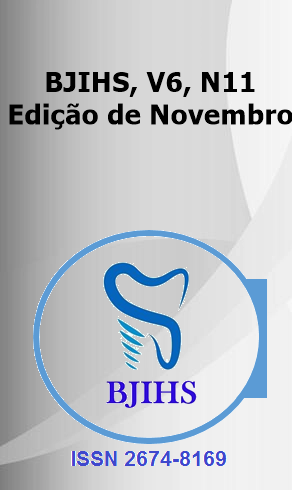Abstract
This article reviews the physiological foundations, evidence-based best practices, and technological advances applied to wound healing. Research was conducted using renowned scientific platforms, including PubMed, Scopus, Web of Science, and UpToDate, along with classic textbooks in plastic surgery, such as Grabb and Smith's Plastic Surgery and Plastic Surgery: Principles and Practice. The review covers systemic and local factors influencing tissue repair, highlighting approaches like debridement, maintaining a moist environment, and nutritional supplementation. Innovative therapies such as negative pressure wound therapy, tissue bioengineering, and cellular therapies are also explored. We conclude that an integrated and personalized evidence-based approach is essential to optimize clinical outcomes and reduce complications in complex wounds.
References
Referências
Schultz GS, Chin GA, Moldawer L, Diegelmann RF. Principles of Wound Healing. Mechanisms of Ageing and Development. 2009;130(2):85-93.
Singer AJ, Clark RA. Cutaneous Wound Healing. The New England Journal of Medicine. 1999;341(10):738-46.
Frykberg RG, Banks J. Challenges in the Treatment of Chronic Wounds. Advances in Wound Care. 2015;4(9):560-582.
Armstrong DG, Boulton AJ, Bus SA. Diabetic Foot Ulcers and Their Recurrence. The New England Journal of Medicine. 2017;376(24):2367-2375.
Gupta A, Malhotra R. Role of Negative Pressure Wound Therapy in Chronic Wounds. Indian Journal of Plastic Surgery. 2012;45(2):193-202.
Thorne CH, Chung KC, Gosain AK, et al. Grabb and Smith's Plastic Surgery. 8th ed. Philadelphia: Wolters Kluwer; 2019.
Neligan PC, Gurtner GC, et al. Plastic Surgery: Principles and Practice. 3rd ed. Philadelphia: Elsevier; 2019.
UpToDate. Wound Healing: General Principles and Management. Available at: www.uptodate.com.

This work is licensed under a Creative Commons Attribution 4.0 International License.
Copyright (c) 2024 Tiago Barbosa, Eduarda Hannaui Bastos
